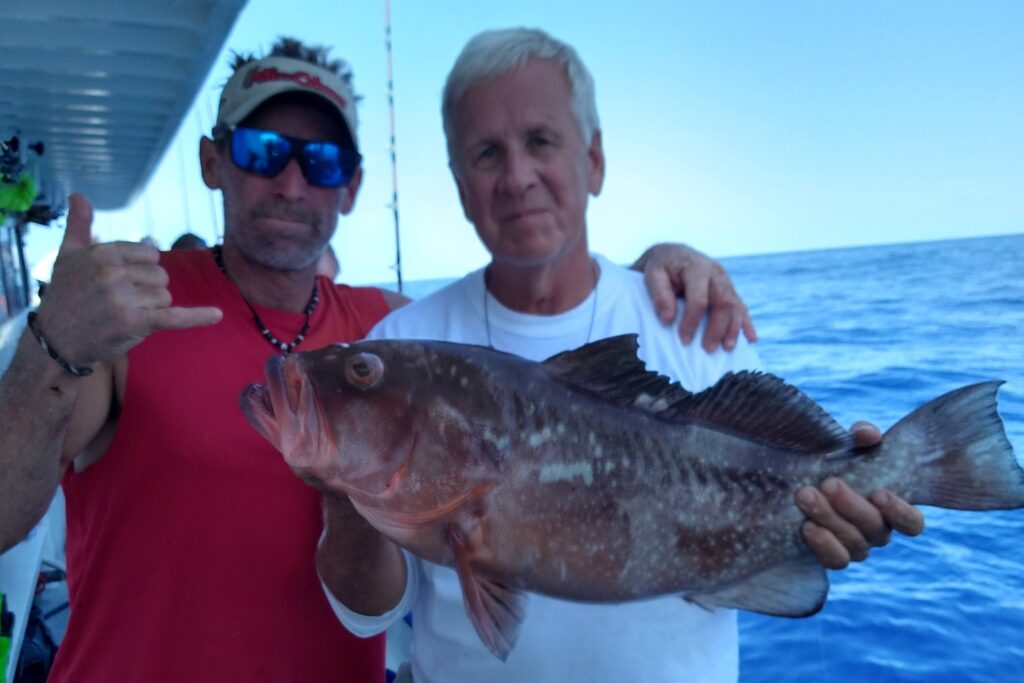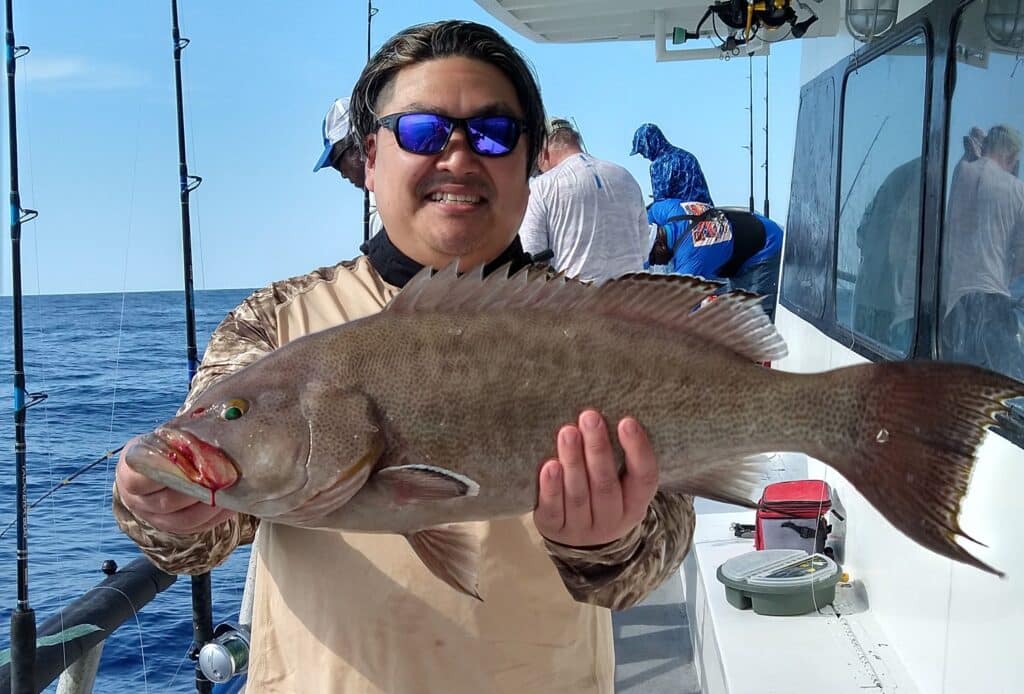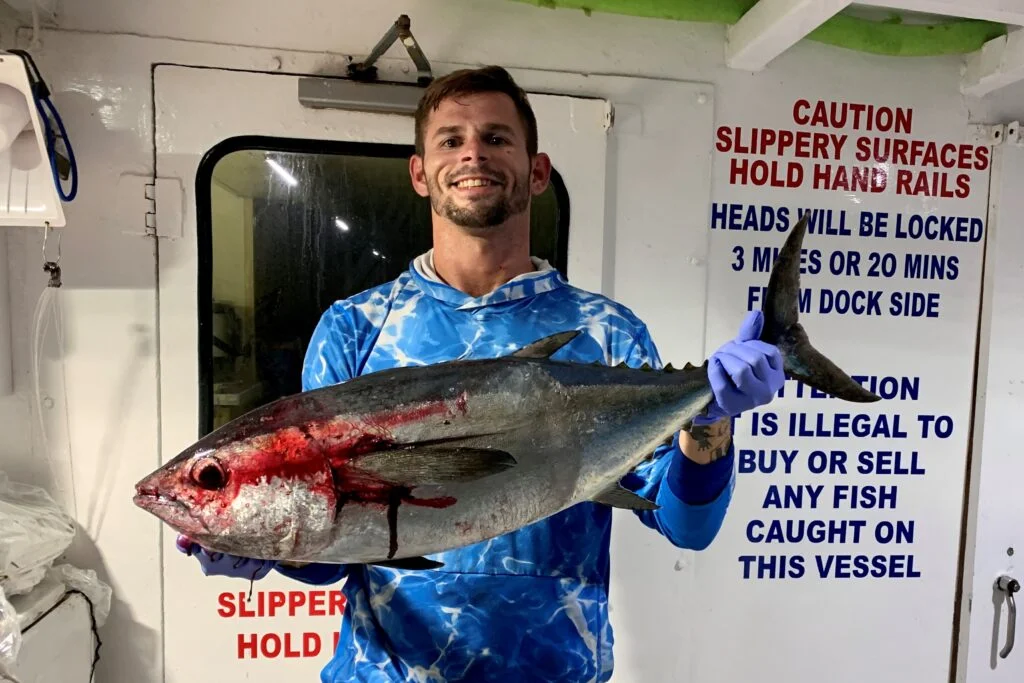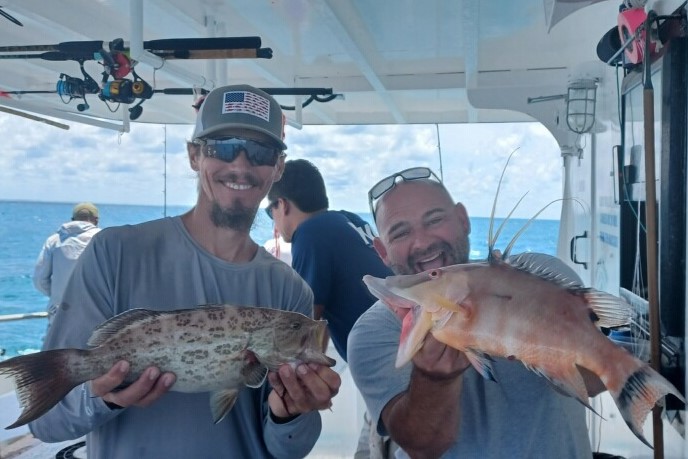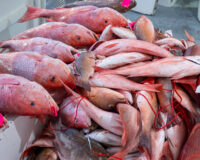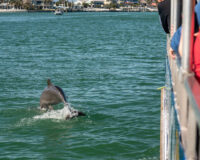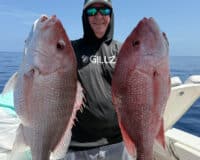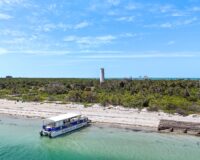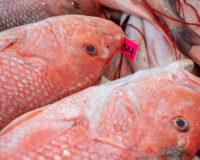Inshore Fishing Report
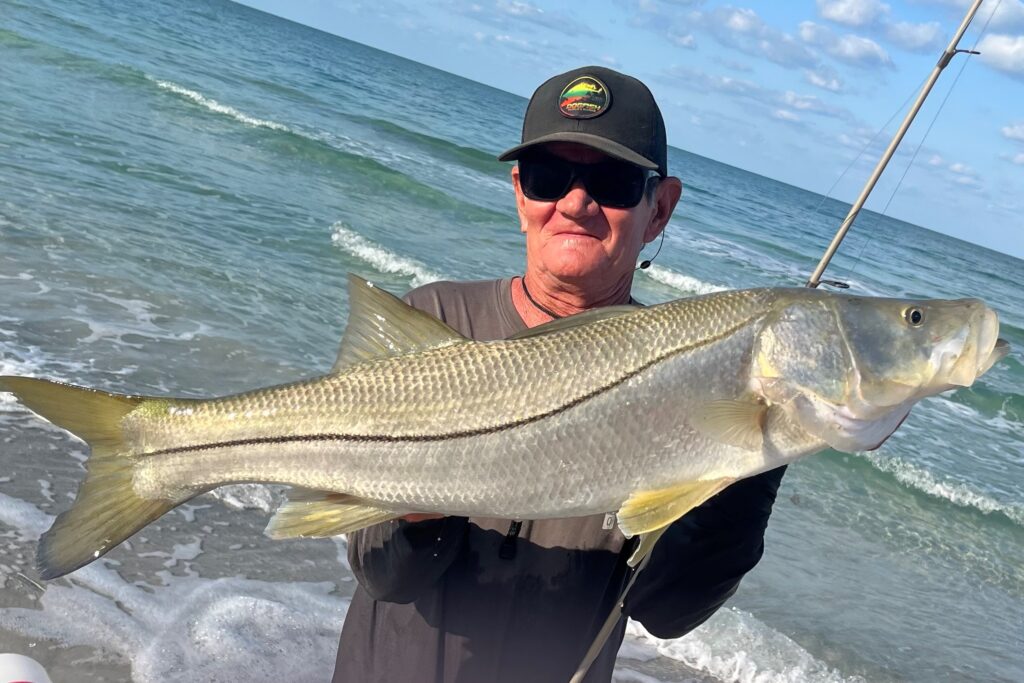
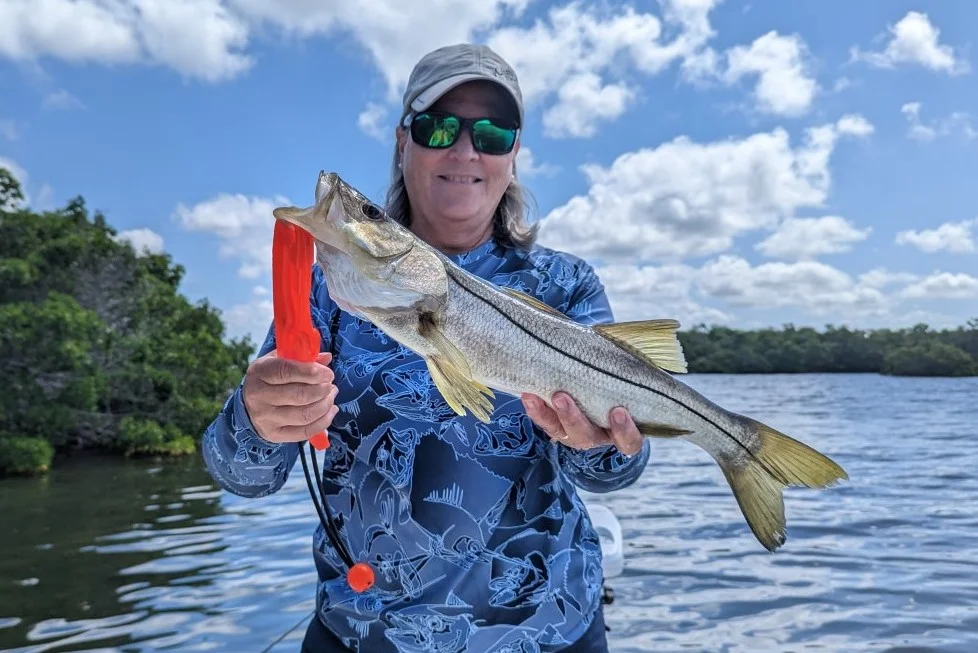
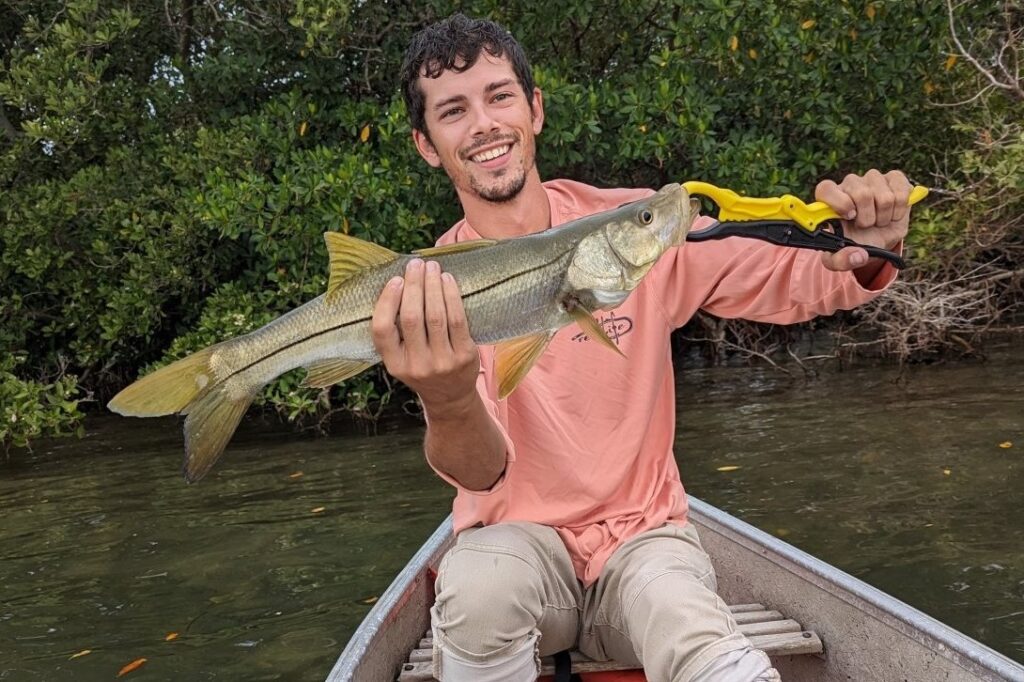
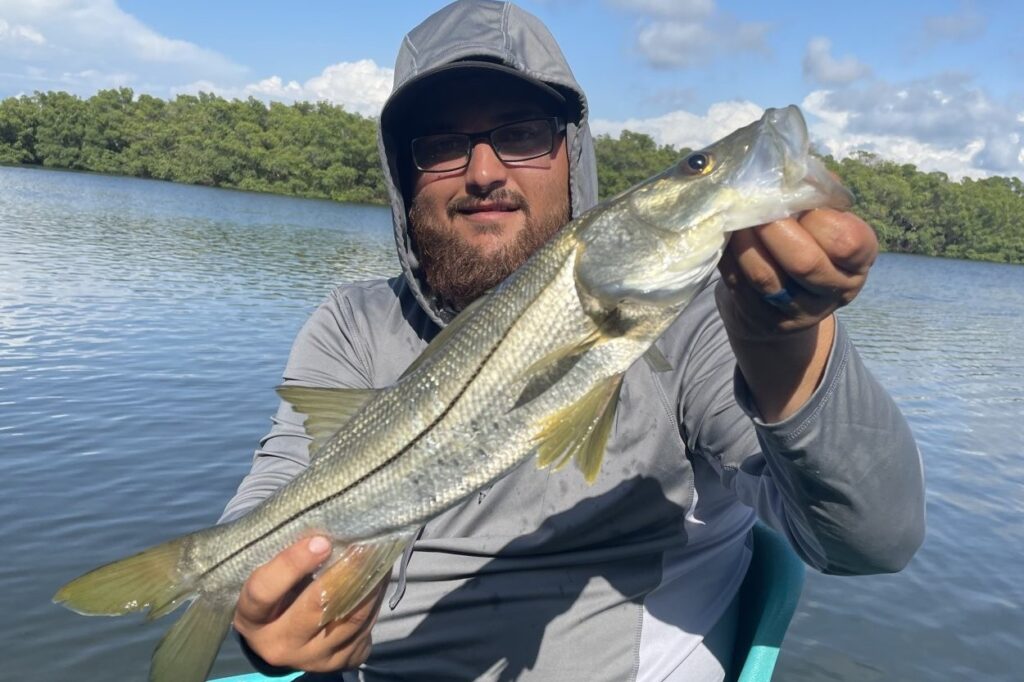

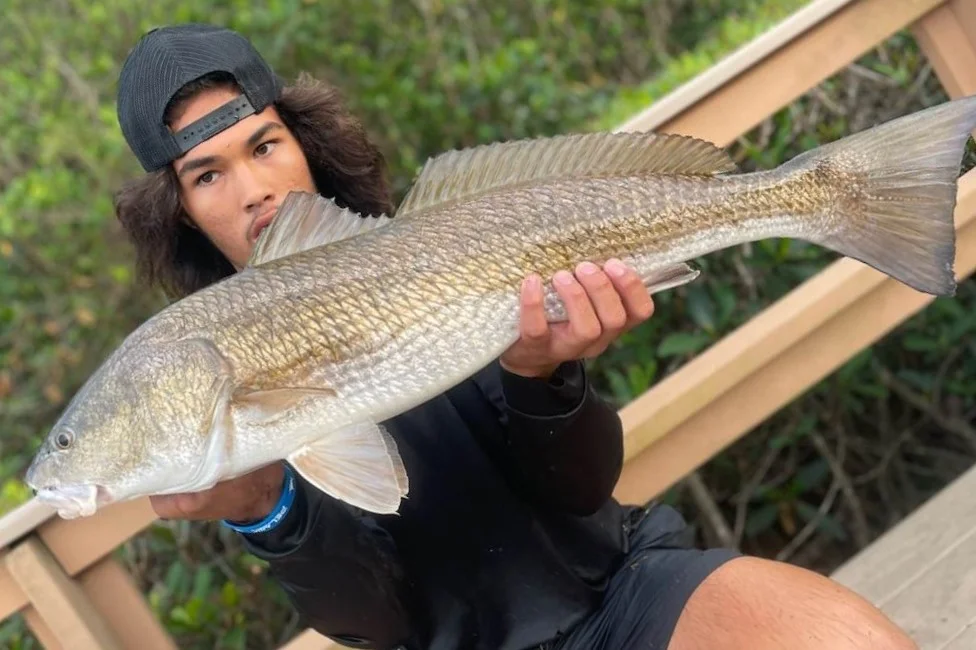
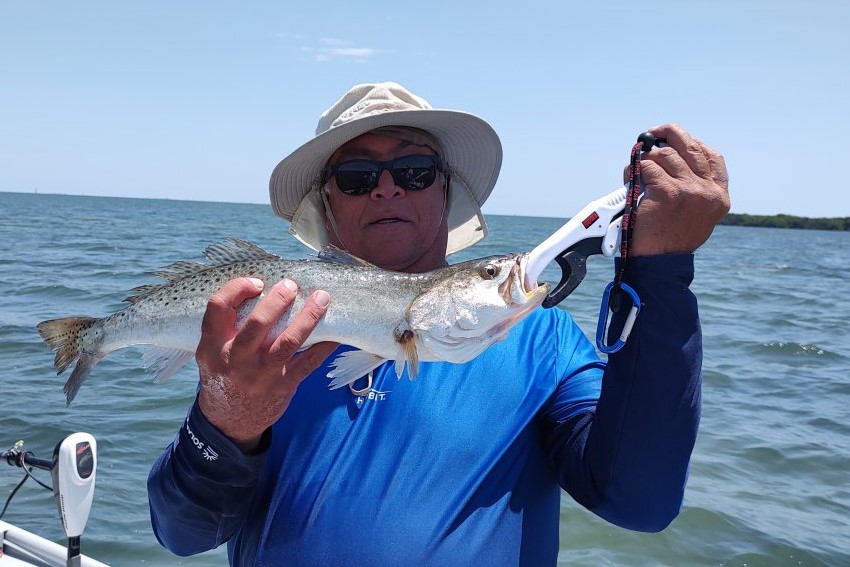
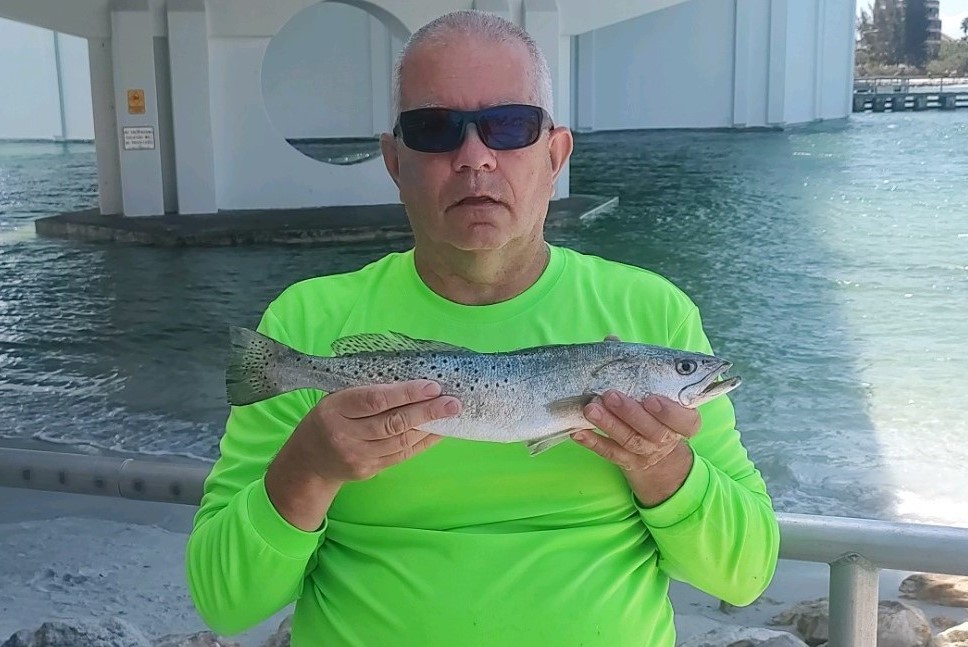
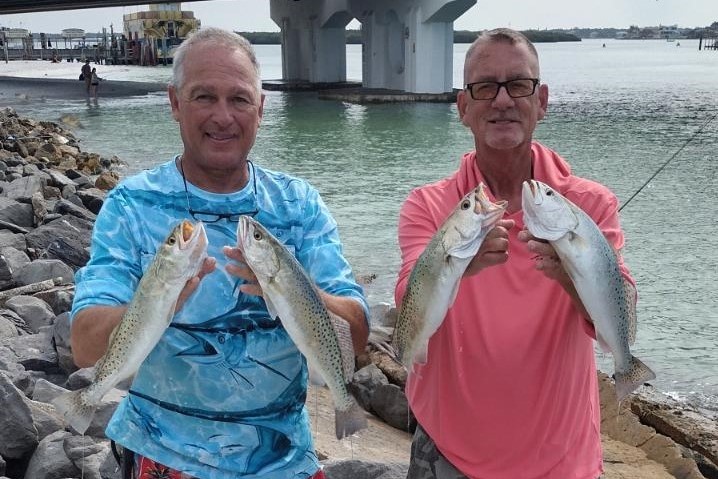
Trout action has been going really well for us at night
around dock lights and bridge lights. During the day around those potholes cuts
and edges of the flats trout are generally moving a little deeper, especially
as water continues to warm. We’re seeing those trout move deeper closer to 5 to
7 foot right now.
Tarpon have moved back into the area pretty heavily. We’re seeing a lot of tarpon around our local passes and area bridges. During the day you can find them on the beach, and then the deeper passes, waiting to ambush passing and flushing bait.
This is the time of year where we see more and more of those small juvenile sharks returning to the area like the bonnet heads and black tips. They got super active around our passes and beaches in the past couple days. Great time to target those smaller sharks and medium sized sharks.
NEarshore Fishing Report
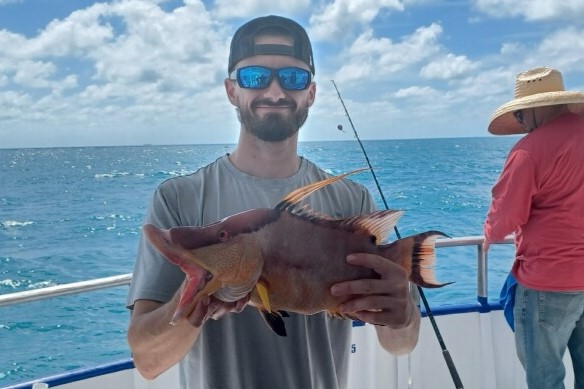
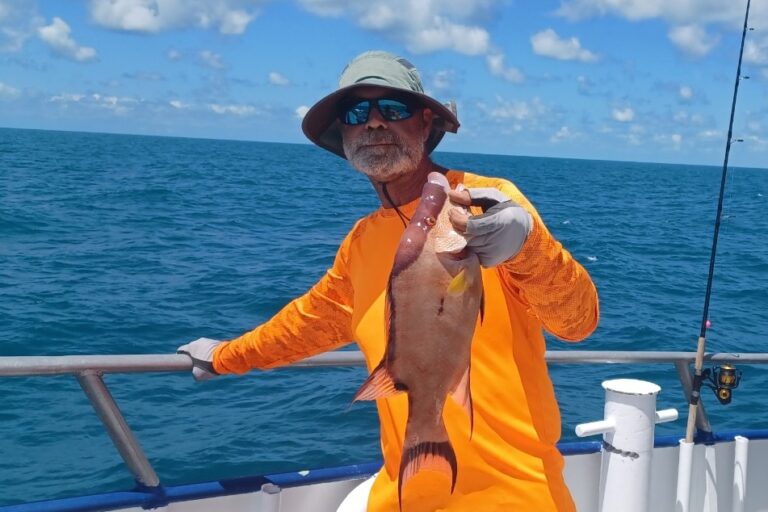
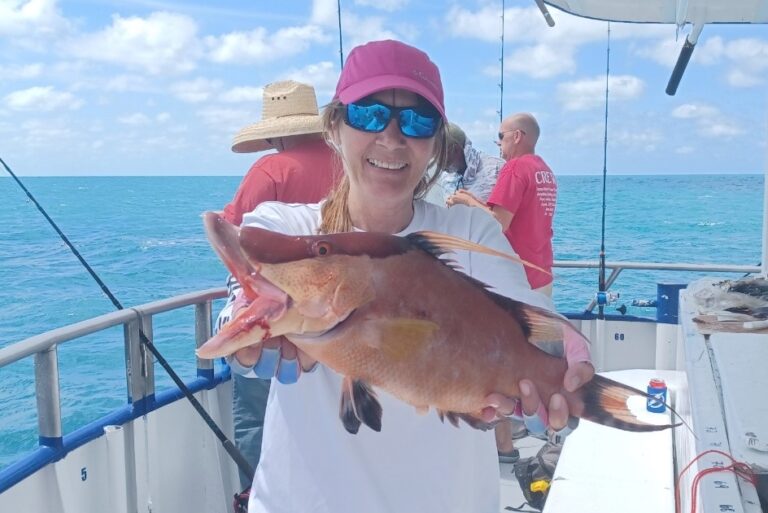
Offshore Fishing Report
